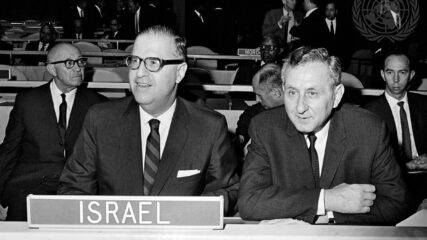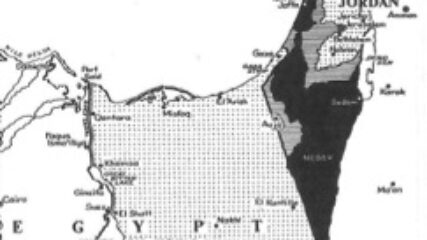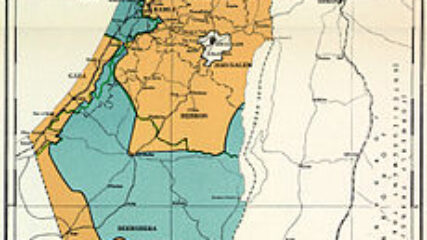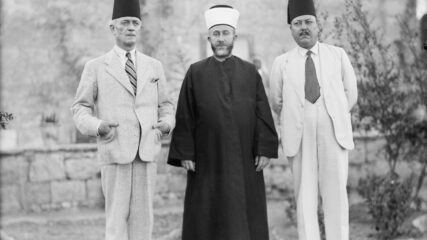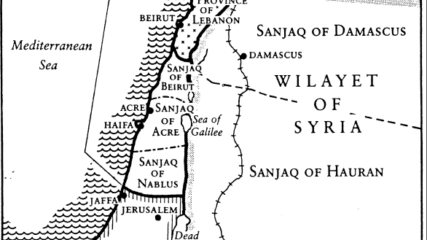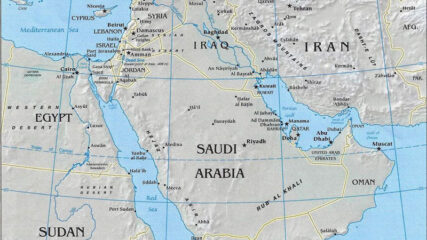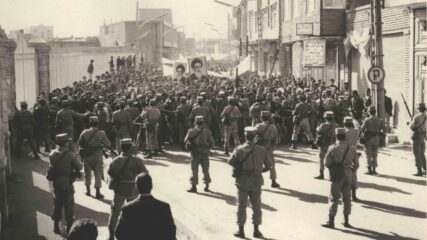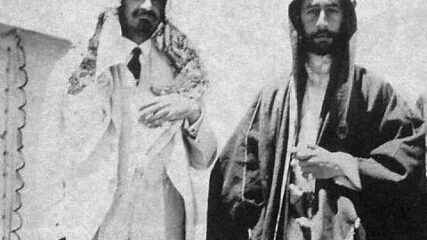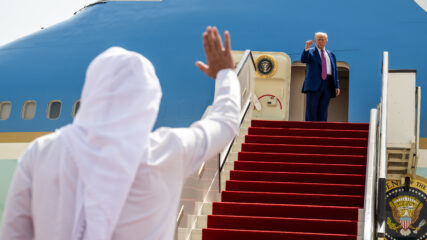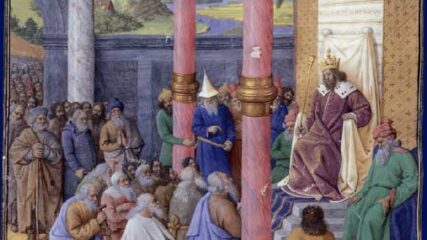La música israelí ofrece una poderosa perspectiva a través de la cual podemos comprender la evolución cultural y política del país, sirviendo como fuerza unificadora y reflejo de su diversa sociedad y compleja historia. Desde los inicios del período sionista hasta la fundación del estado, la música actuó como un factor de unión cultural hebreo y desempeñó un papel central en la configuración de lo que se convertiría en la identidad y cultura nacional israelí a través de canciones, melodías y danzas pioneras que celebraban el trabajo, el sacrificio y la conexión nacional judía con la tierra de Israel. Después de 1948, la música israelí sirvió como vehículo de expresión cultural, política, religiosa y social: celebrando los numerosos triunfos de Israel, reuniendo apoyo durante la guerra, conmemorando las pérdidas colectivas, definiendo el judaísmo en el estado judío, expresando protestas y mucho más.

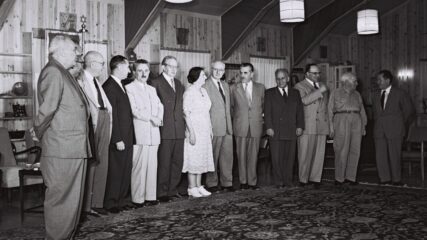
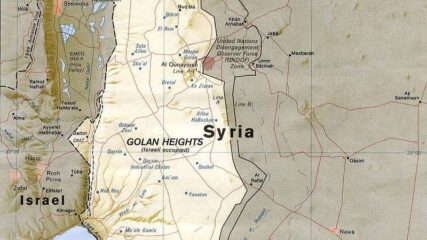
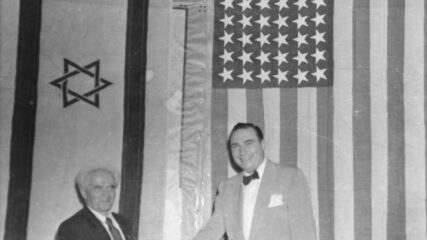
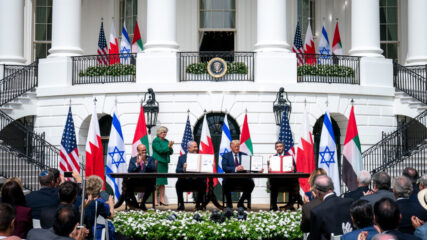

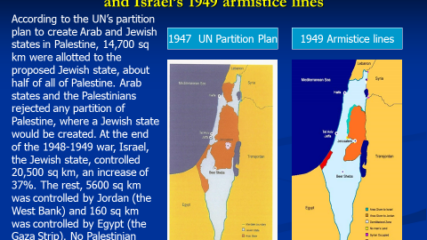
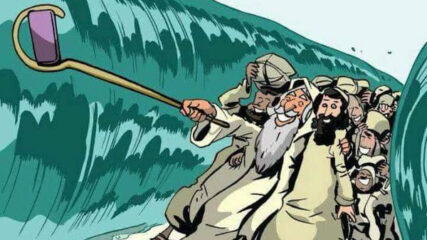
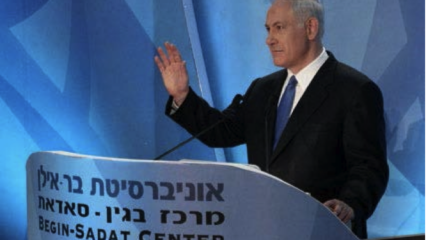
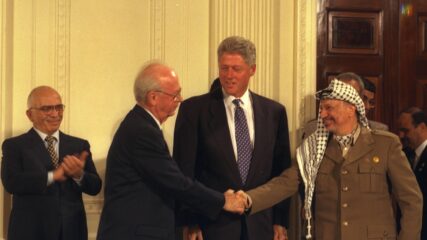
![הסכמי אוסלו [הצהרת עקרונות על הסדרי ביניים של ממשל עצמי]](https://israeled.org/wp-content/uploads/2022/09/SEPT9-oslo-handshake-D269-051-427x240.jpg)
